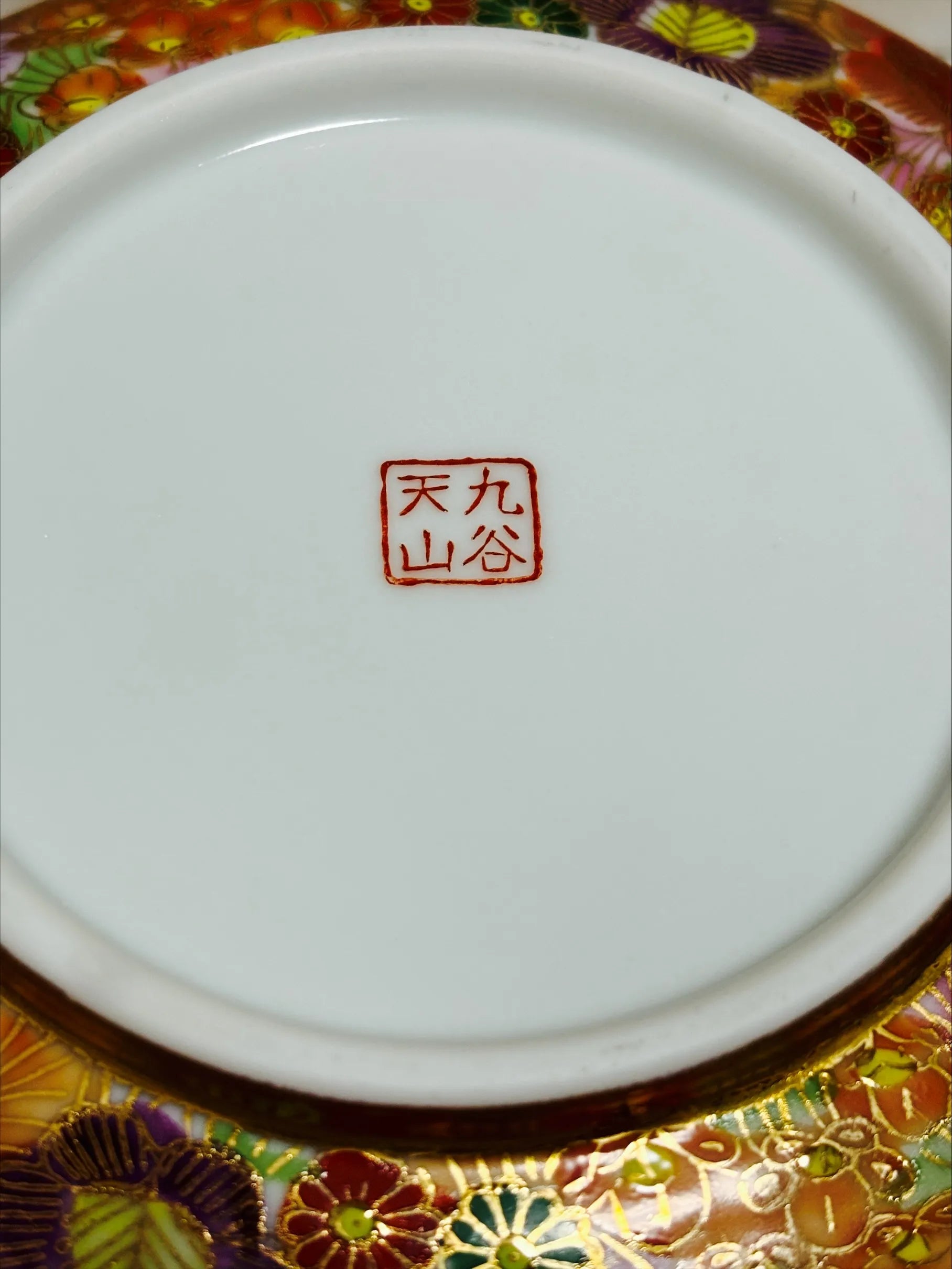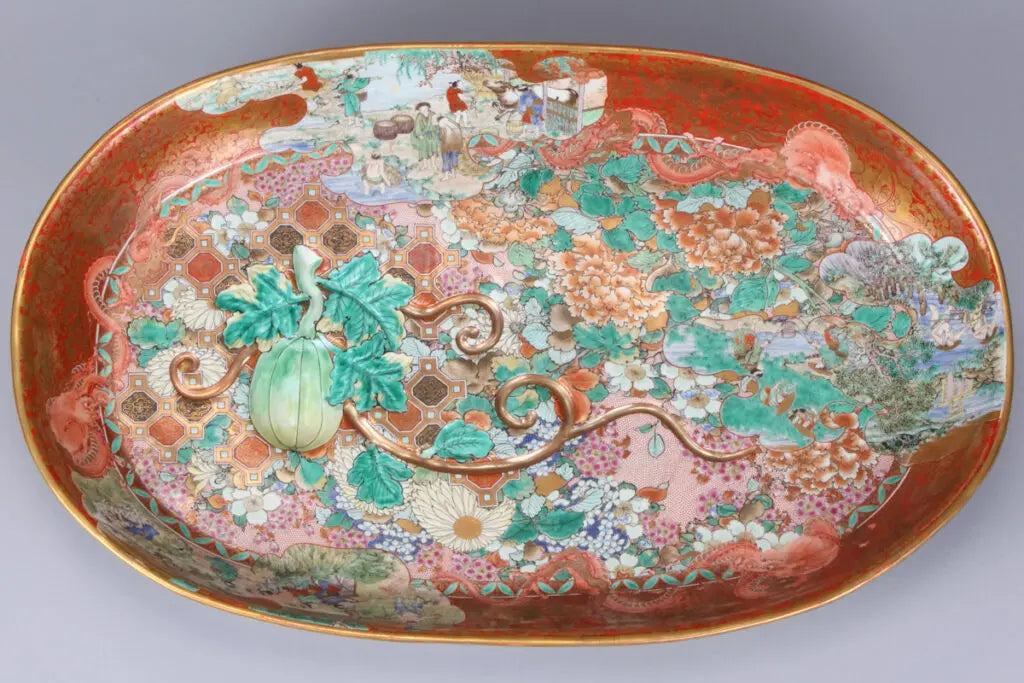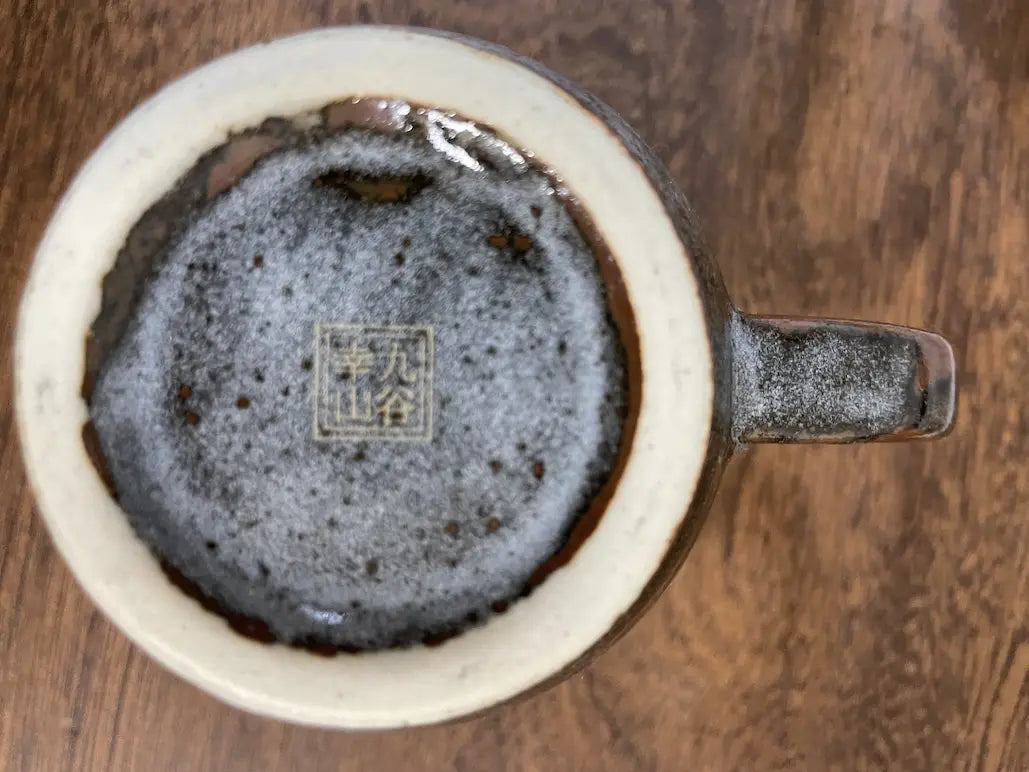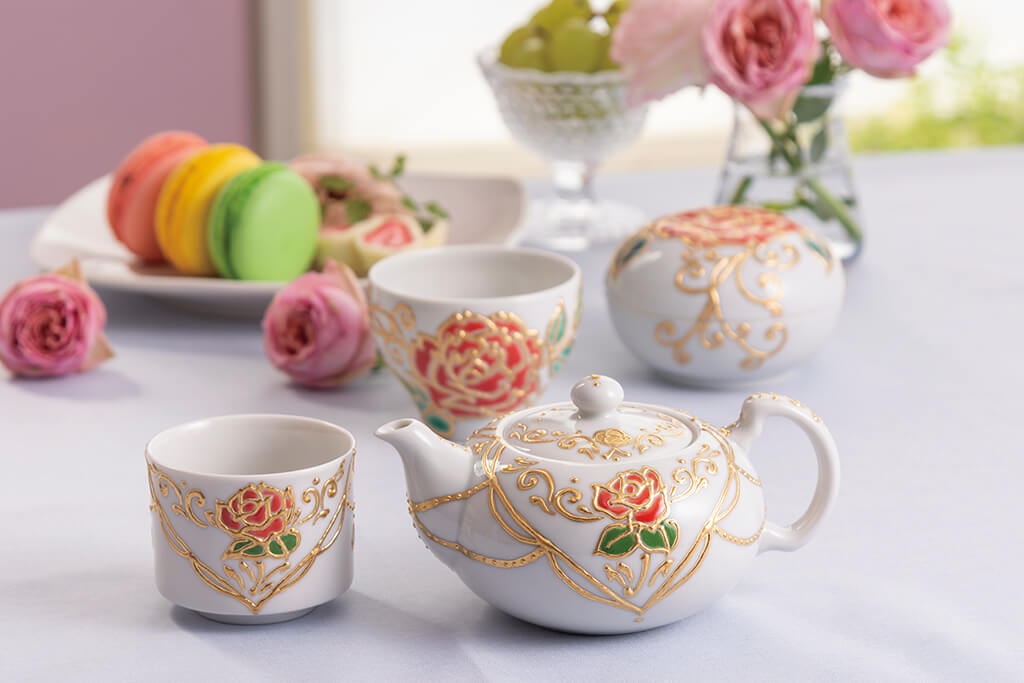Kutani Ware Markings (九谷 Kutani porcelains )


Title
History of kutani (Japanese ceramic)



Title
Marks on Kutani Ware in the Edo Period



Title
Kutani Shoza and the Ono Kiln
Title
Shoza's Fame and Marking



Title
Popularity of Personal Inscriptions in Meiji Kutani
Title
Modern Variety of Marks
Title
Kutani ware pieces
1. Large Kutani Style Dish

2. Works by Tokuda Hachijukichi

3. gold brocade by Yoshida Minori

4. Overglaze enamels by Kutani Shoza

5. Kutani Manekineko (Waving Cat)

6. Kutani Ware Vases and Tea Sets

- Related Products



